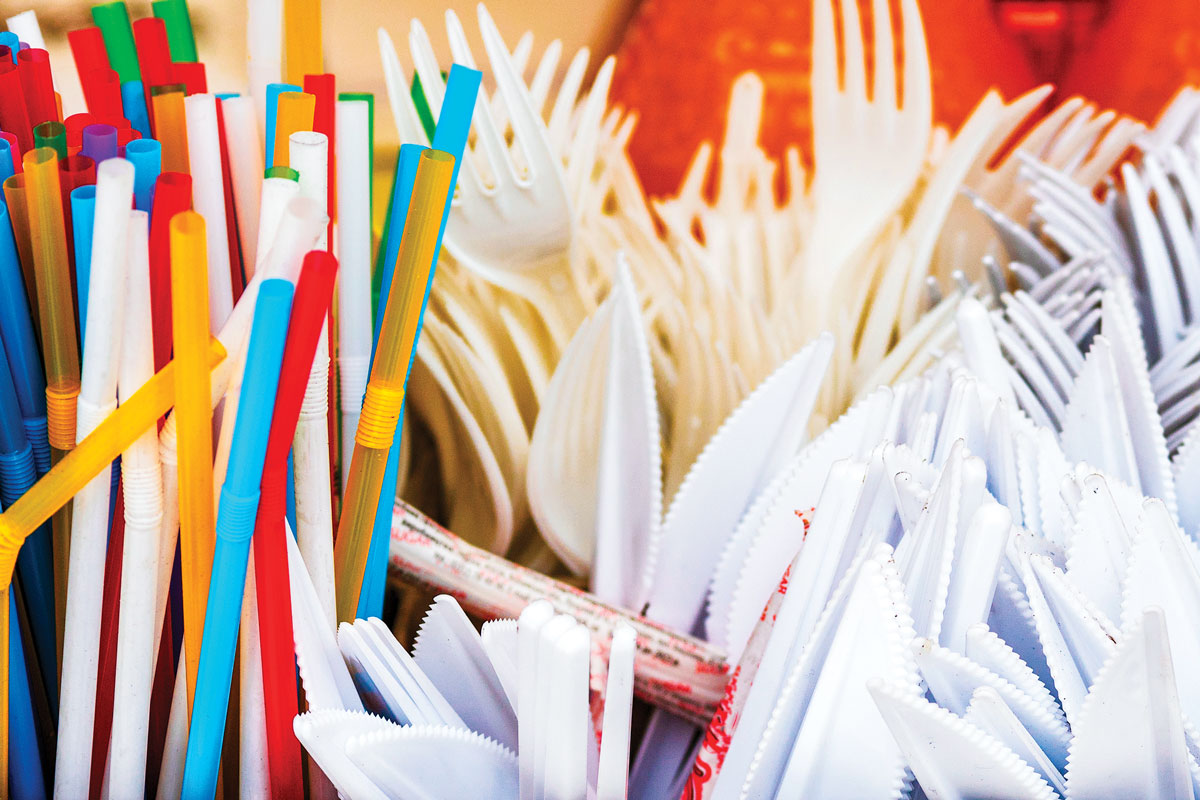Advertisement
Grab your lab coat. Let's get started
Welcome!
Welcome!
Create an account below to get 6 C&EN articles per month, receive newsletters and more - all free.
It seems this is your first time logging in online. Please enter the following information to continue.
As an ACS member you automatically get access to this site. All we need is few more details to create your reading experience.
Not you? Sign in with a different account.
Not you? Sign in with a different account.
ERROR 1
ERROR 1
ERROR 2
ERROR 2
ERROR 2
ERROR 2
ERROR 2
Password and Confirm password must match.
If you have an ACS member number, please enter it here so we can link this account to your membership. (optional)
ERROR 2
ACS values your privacy. By submitting your information, you are gaining access to C&EN and subscribing to our weekly newsletter. We use the information you provide to make your reading experience better, and we will never sell your data to third party members.
Pollution
Editorial: Coming full circle on electronic waste
Managing e-waste is as much about what happens at the start of its life cycle as what happens at its end
by C&EN editorial staff
July 28, 2024
| A version of this story appeared in
Volume 102, Issue 23
Between March and June, the Malaysian government seized over 100 shipping containers full of electronic waste illegally sent from the US and other developed countries. Malaysian authorities also recently found a large e-waste dismantling factory hidden deep inside an oil palm estate, labored by illegal immigrants from Bangladesh, Myanmar, China, and Nepal.
In a press release, the executive director of Seattle-based Basel Action Network (BAN), a waste trade watchdog, likens attempts to quash the illegal deeds to the game Whac-a-Mole. China, Malaysia, Thailand, and others have banned the import of e-waste from higher-income countries. But illegal traders find ways to dodge the hammer.
Sadly, nothing about this is new. BAN takes its name from the United Nations’ 1989 Basel Convention on the Control of Transboundary Movements of Hazardous Wastes and their Disposal, an international treaty designed to restrict the movement of hazardous waste between countries. BAN first reported that North America, Europe, and Japan were sending large amounts of e-waste to Guiyu, China, back in 2002. The first of many C&EN stories on the issue also came out that year.
These reports brought to light how informal recyclers in lower-income nations smash and burn waste in the open, releasing toxins such as lead and mercury into the environment. Millions of women and children who engage in this dangerous, dirty work have the highest health risks from exposure, the World Health Organization estimates.
Improper disposal and recycling also squander resources: according to the UN’s most recent Global E-waste Monitor report, e-waste in 2022 contained 31 million metric tons of metals—as detailed in this issue’s cover story “Electronic waste is a gold mine. How can we tap it?”(page 28)—typically mined at considerable cost economically and environmentally.
Two decades after BAN’s finding of the e-waste export pathway, not much has changed. In fact, cheaper electronics and rising incomes are making matters worse. E-waste generation now outpaces proper collection and recycling by a factor of five, according to the UN report.
And lower-income nations still pay for the privileges of higher-income ones. The Americas and Europe produce 14.1–17.6 kg of e-waste per capita. Asia generates 6.4 kg per capita, and Africa, a mere 2.5 kg. Yet most illegal e-waste ends up in lower-income countries in Africa and Asia.
The need to promote the circularity of materials by recycling plastics and metals in electronics is urgent. Today, only 42% of the world’s nations have adopted e-waste policies. Of those, 46 have collection rate goals and only 36 have recycling rate targets. And the US, with its consumption capacity, is one of two countries not to have ratified the Basel Convention. The other is Haiti.
Enacting more legislation is key. The European Union shows that policies work. The EU Waste from Electrical and Electronic Equipment directive, enacted in 2003, requires manufacturers and retailers to take back used electronic products. The EU now has the world’s highest e-waste recycling rate, almost 43%, according to the UN report.
The EU approach works because it addresses policies that promote both e-waste management and extended producer responsibility for tackling e-waste. Countries with such dual-approach laws tend to have a wide network of e-waste collection points, funding mechanisms for proper e-waste handling, and better management infrastructure.
Even with policies or collection targets, though, countries average a recycling rate of 25%. The better solution is to not create so much e-waste in the first place and to reuse when possible.
It is time, then, for legislation to target not just end-of-life disposal but also circularity at birth. Making products with short lives or built-in obsolescence is good for manufacturers’ bottom lines, but that needs to change.
Electronics makers need to rethink design for a circular economy. They need to create robust, long-lived products, smart designs that extend products’ lifetimes, and products that are easier to disassemble and recycle. One tool that has been shown to work and is being considered for the EU’s upcoming Ecodesign for Sustainable Products Regulation, for instance, is a Digital Product Passport, which identifies the components and materials in an electronic product. This identification facilitates repair and increases product lifespan.
Acting on this massive global problem will be difficult. But inaction is reprehensible.
This editorial is the result of collective deliberation in C&EN. For this week’s editorial, the lead contributor is Prachi Patel
Views expressed on this page are not necessarily those of ACS.




Join the conversation
Contact the reporter
Submit a Letter to the Editor for publication
Engage with us on Twitter